Nandu News, reporter, Chen Zhuorui, correspondent, Li Biqiu, Huacheng Big "Garden", Great American South Guangdong! In order to deepen the public's understanding of the South China National Botanical Garden, the South China National Botanical Garden held a "Famous Garden Exhibition Youth, Harmony Continues New Chapter" during the National Day holiday - "City, Nature and Me" series of flower show activities.
Among them, among the themed plant exhibitions as one of the flower show activities, the "Beauty that is about to disappear" rare and endangered plant exhibition specially exhibited 13 rare and endangered plants protected in situ by the South China Botanical Garden, including the beautiful tiger face of the leaf Qihua flower, the "Hemostatic Guard" Golden Retriever, "the only son of the earth" Putuo hornbeam, "onshore lotus flower" summer lame, "flying eaves walk on the wall" Danxia sycamore, etc.
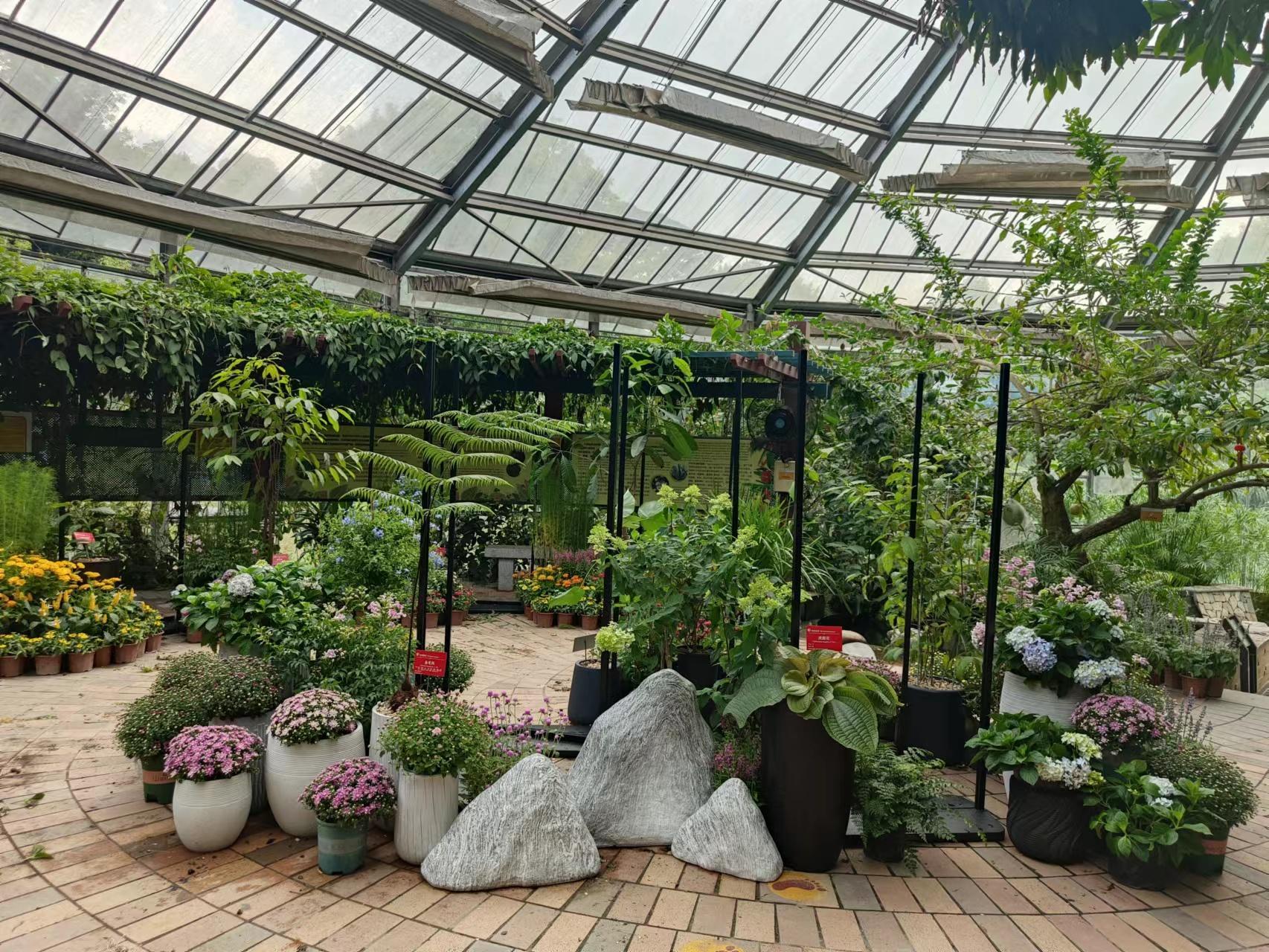
Rare and endangered plants in the National Day Flower Show of South China National Botanical Garden. (Photo by Zhan Qingqing)
Known as the "mother of gardens in the world", China has abundant plant germplasm resources (as many as 37,000 species of wild higher plants), but in recent years due to overutilization of resources, habitat destruction, invasion of alien species, environmental pollution, climate change and other factors, According to the "China Biodiversity Red List - Higher Plants Volume", there are currently about 3,767 species of wild plants in endangered or endangered status.
As the core backbone of ex situ conservation of plants, the South China National Botanical Garden currently protects 643 species of rare and endangered plants and 337 species of national key protected plants. Together with other botanical gardens and nature reserves, it constitutes China's rare and endangered plants. "Noah's Ark".
It is understood that 13 species of rare and endangered plants, including Ye Qihuamei's tiger face flower, the "Hemostatic Guard" golden retriever, the "Earth's only son" Putuo hornbeam, the "Land Lotus" summer lily, and the "eaves walk the wall" Danxia sycamore, are usually "hidden" in the unopened area - the breeding center for rare and endangered plants, and this exhibition is their first public exhibition. "Wild plants contain unlimited value potential and are worthy of human protection and exploration." The South China National Botanical Garden said it hoped that these beautiful or special "national protected" plants would attract people's attention.
Introduction of some rare plants on display:
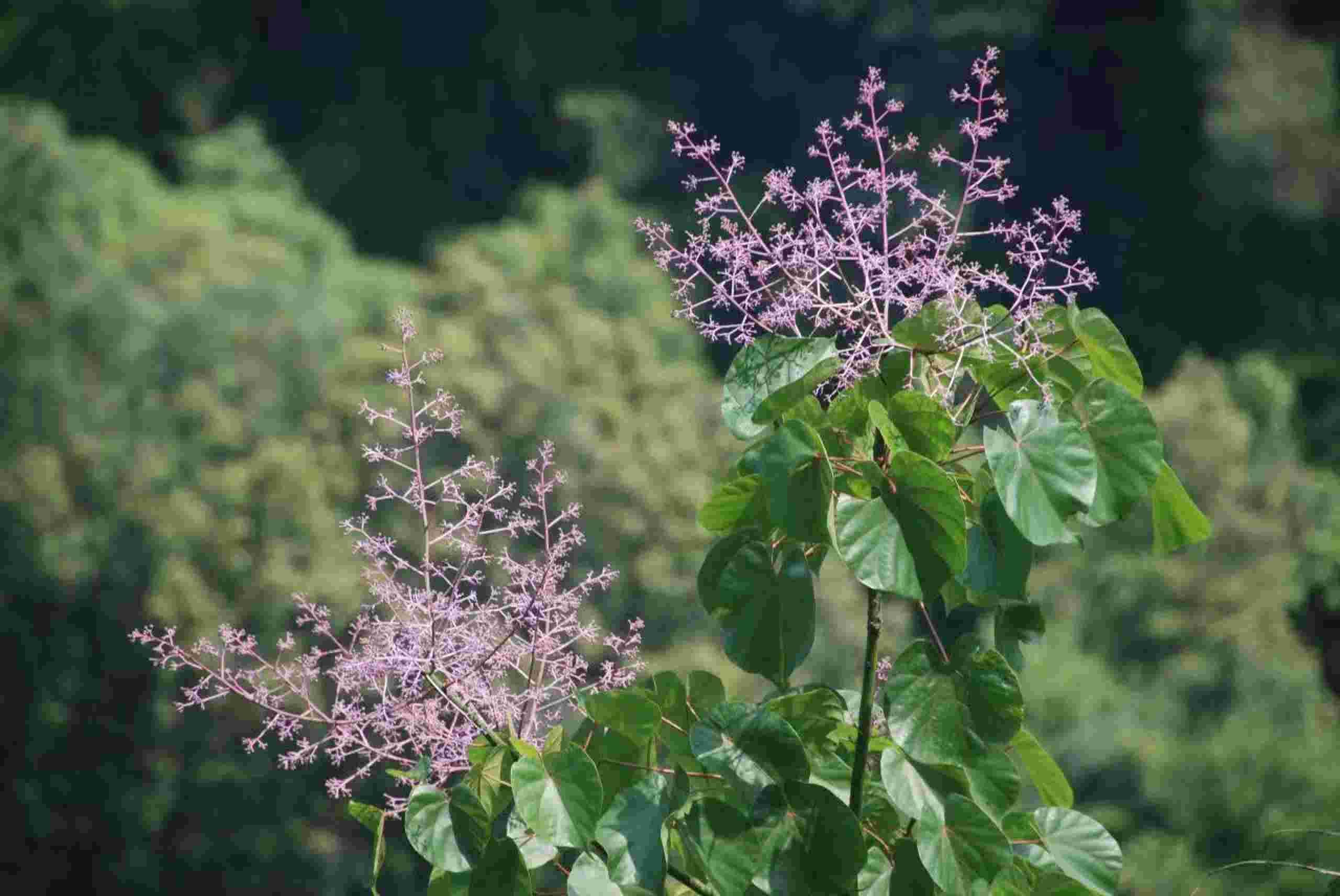
Danxia Wutong (Zhang Jifang, photo)
Danxia Sycamore (Firmiana danxiaensis), a plant of the genus Sycamore in the Sycamore family, is a unique species of Danxia landform. It only grows on the red sandstone with barren soil, with beautiful tree shape and rapid growth. The number of existing plants is small, and it has been designated as a national rare and endangered plant and a national secondary key protected wild plant. This species is conserved in the South China National Botanical Garden.
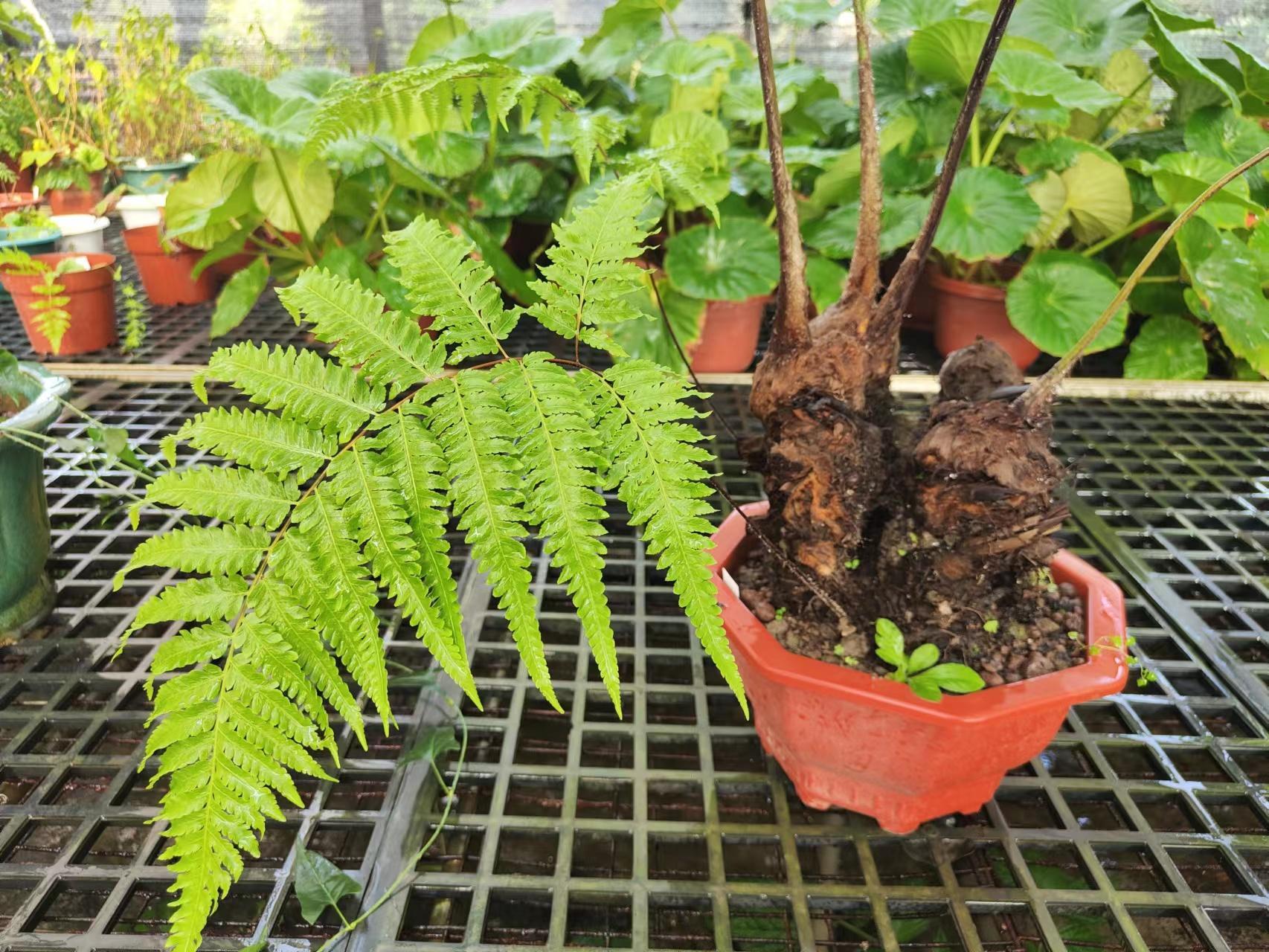
Golden Retriever (Photo by Zhan Qingqing)
Golden retriever (Cibotium barometz), golden retriever of the family Bombardaceae belongs to the tree-shaped fern. The whole plant has large evergreen pinnate leaves, elegant and fresh, and the base of the rhizome and petiole is densely covered with golden velvet hairs. It resembles a golden retriever and has a unique shape. It has high economic development value in ornamental aspects. Its golden velvet can be used externally to treat trauma and bleeding. It is a commonly used traditional Chinese medicine in the past dynasties and is an important medicinal plant. Although the golden retriever has a wide distribution range, due to the serious destruction of the living environment and the influence of a large number of human-made excavations, the amount of wild resources has been decreasing, and it is listed as a national second-class protected wild plant. South China National Botanical Garden has this kind of conservation.
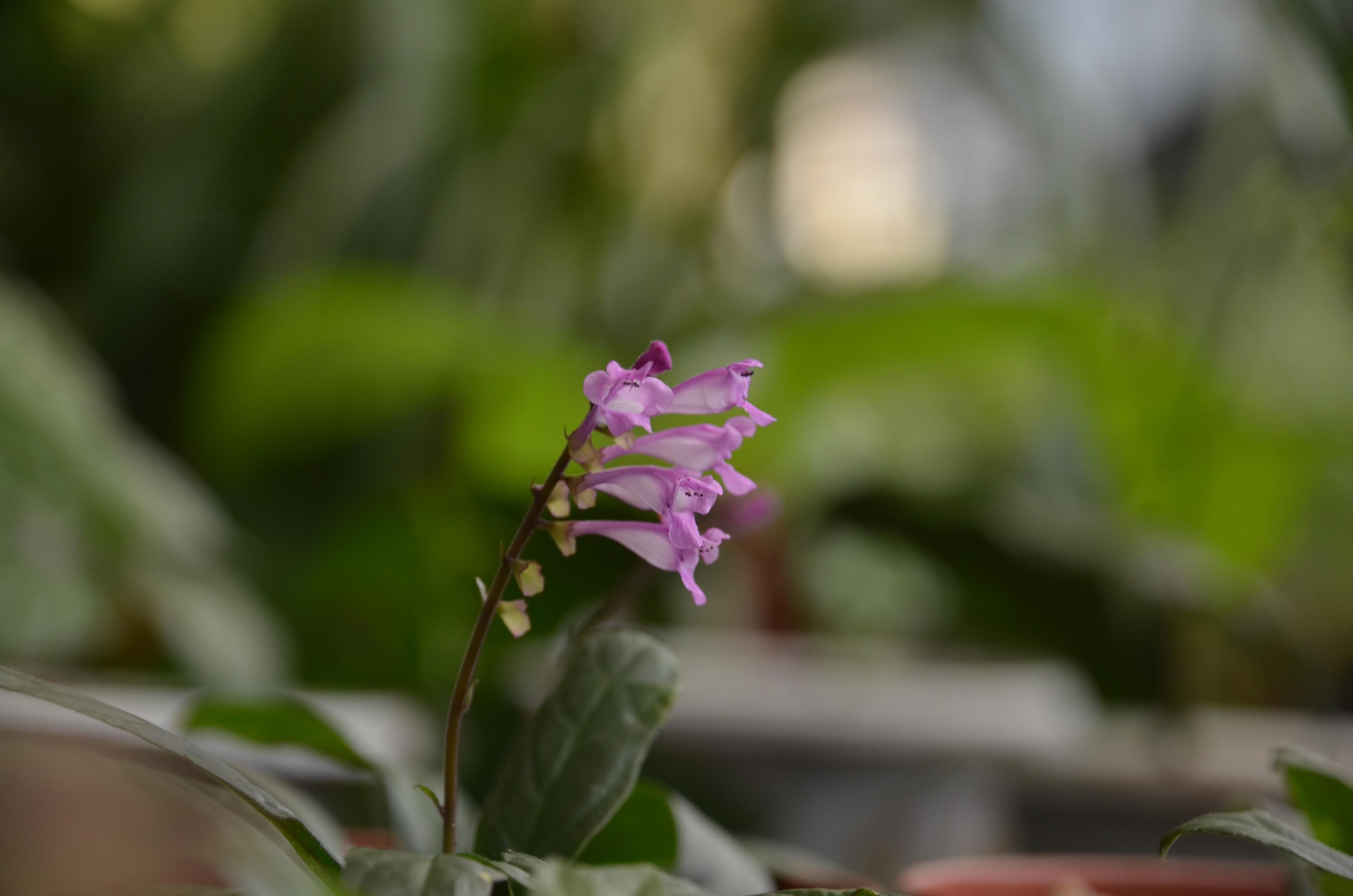
Baoting Hua (photo by Zhan Qingqing)
Baoting flower (Wenchengia alternifolia), a dwarf subshrub of Baoting flower in the labiaceae family. The national secondary key protected wild plant. Researchers from the South China National Botanical Garden have gone to Hainan Island many times to search for this rare species. In 2014, the critically endangered Baoting flower, which has been missing for 60 years, was finally found and successfully protected on site.
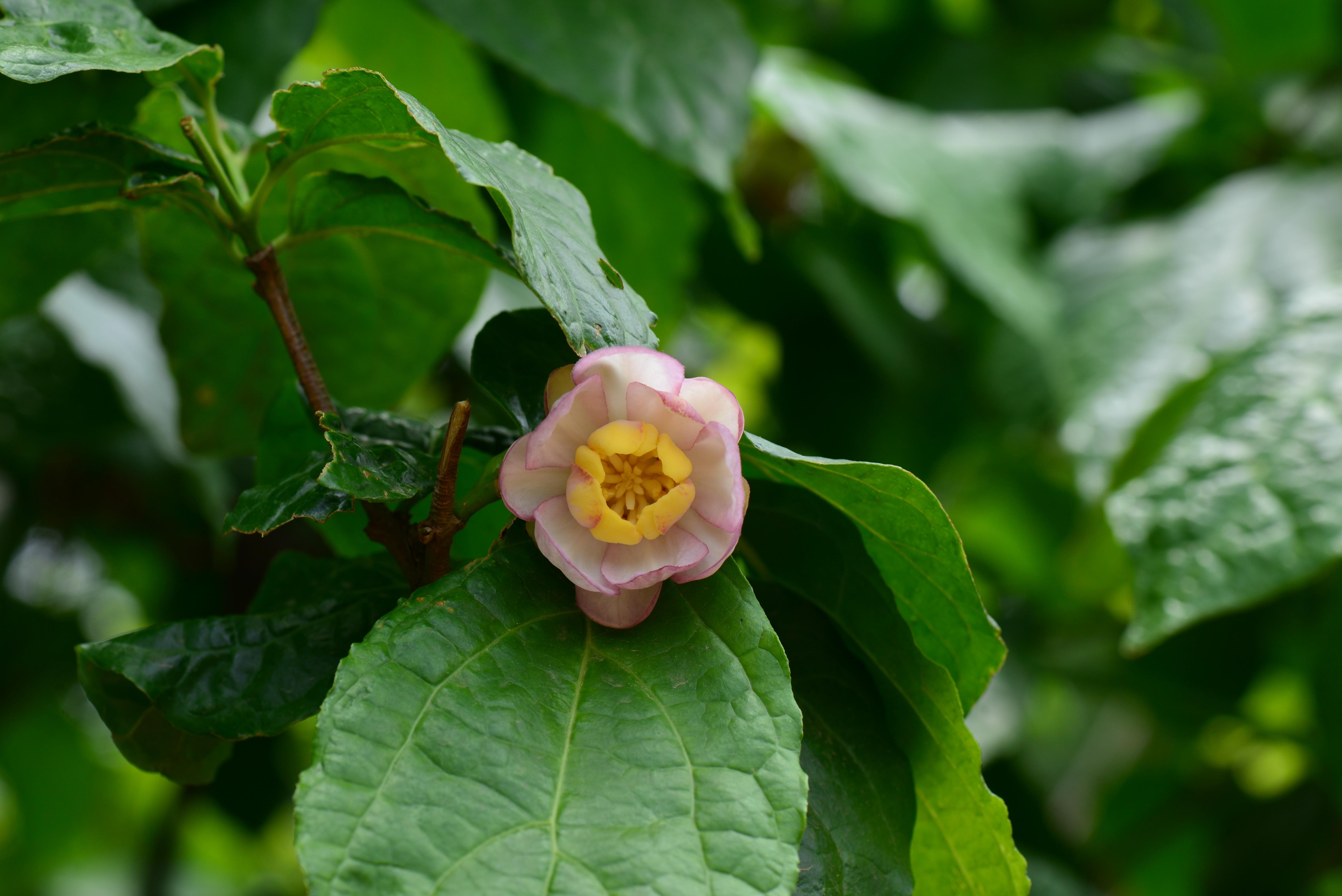
Xia Lamei (Zhu Renbin, photo)
Calycanthus chinensis, a plant of the genus Calycanthus chinensis in the Calycanthus family, also known as peony wood and yellow loquat. A unique relict tree species in China, it is of great scientific research value. It blooms in early summer, and its flowers are large and beautiful, with extremely high ornamental value. Due to the extremely narrow distribution area and the deterioration of the ecological environment, the wild living environment of Calycanthus chinensis is worrying. Now it is listed as a national secondary key protected wild plant, and is listed as endangered (EN) in the "Red List of Threatened Species of the World Conservation Union" (INCN). This species is conserved in the South China National Botanical Garden.
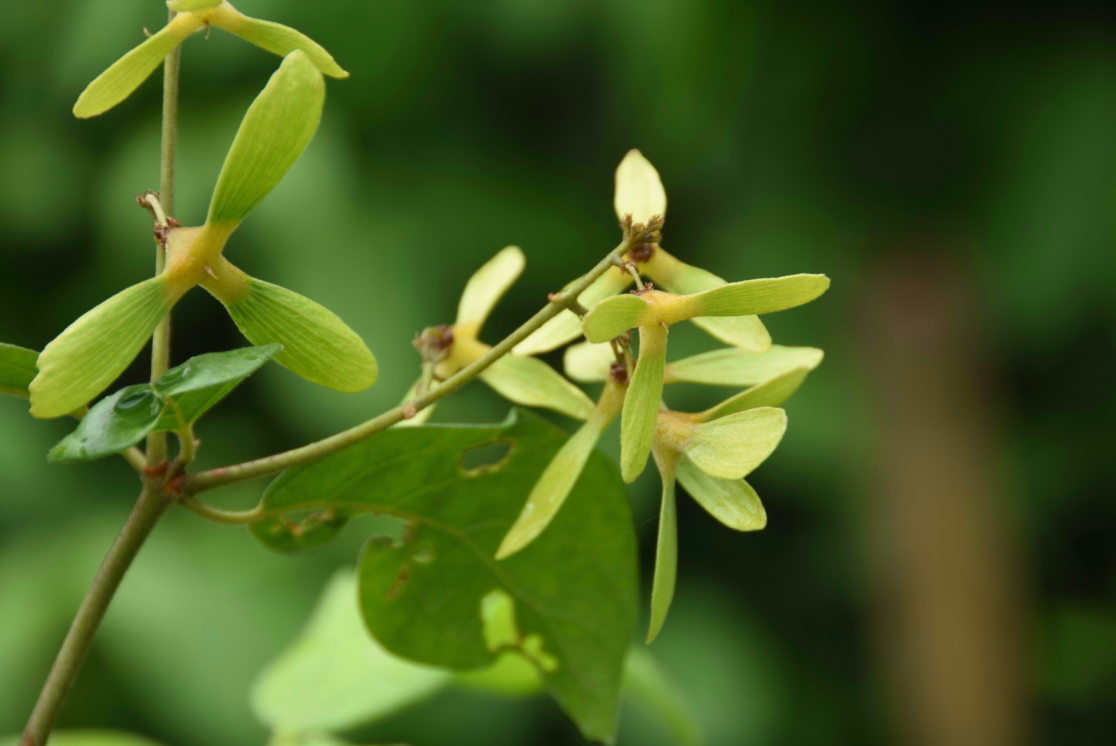
Oblique Wing (Peng Caixia, photo)
Plagiopteron suaveolens, a plant of the genus Plagiopteron in the linden family. Elastic filaments can be drawn out after the vascular bundle of the leaves is broken, and transverse lateral branches can grow on the old stems, which embrace the trunks of other plants to provide strong support. It is commonly known as "golden vine" and "grass eucommia". It is a small regional species. There are only 2 species in the world and 1 in China. It was previously found to be mainly distributed in Guangxi in China, and the type specimens were collected in Longzhou, Guangxi. It is also distributed in Myanmar, Thailand and the subtropical regions of our province. The oblique wing has high scientific research and medicinal value. Due to over-collection, the number of wild populations has been extremely scarce, and it has been listed as a national secondary key protected wild plant. South China National Botanical Garden has this kind of conservation.
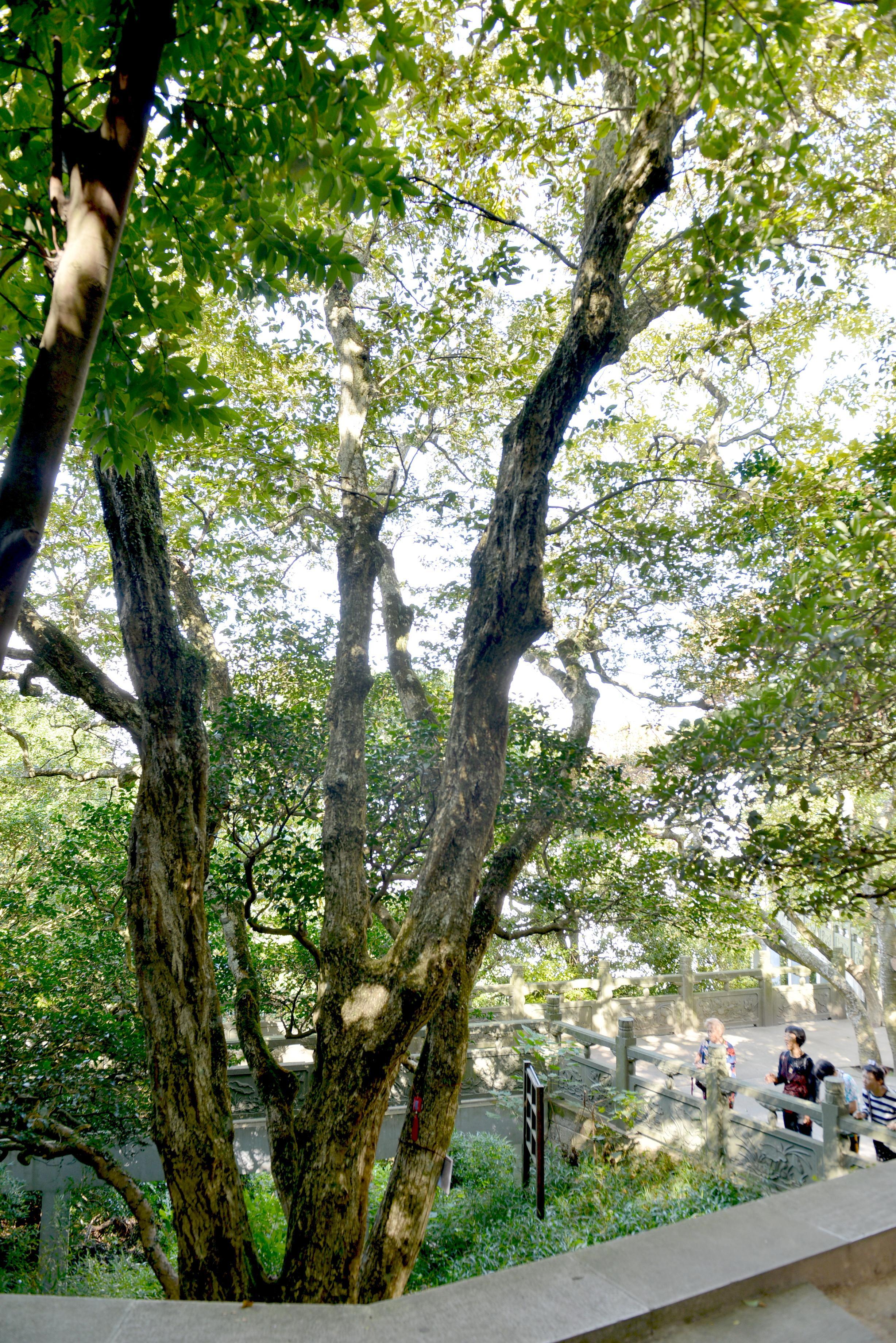
Putuo hornbeam (Ge Bingjie, photo)
Carpinus putoensis, an tree of the genus Carpinus putoensis in the birchidae family, is endemic to China and is only found in Zhoushan Islands, Zhejiang Province. There is only one wild plant of Carpinus putoensis in the world, so it is also called the "only son of the earth". The national first-level key protection of wild plants. The South China National Botanical Garden has this species.
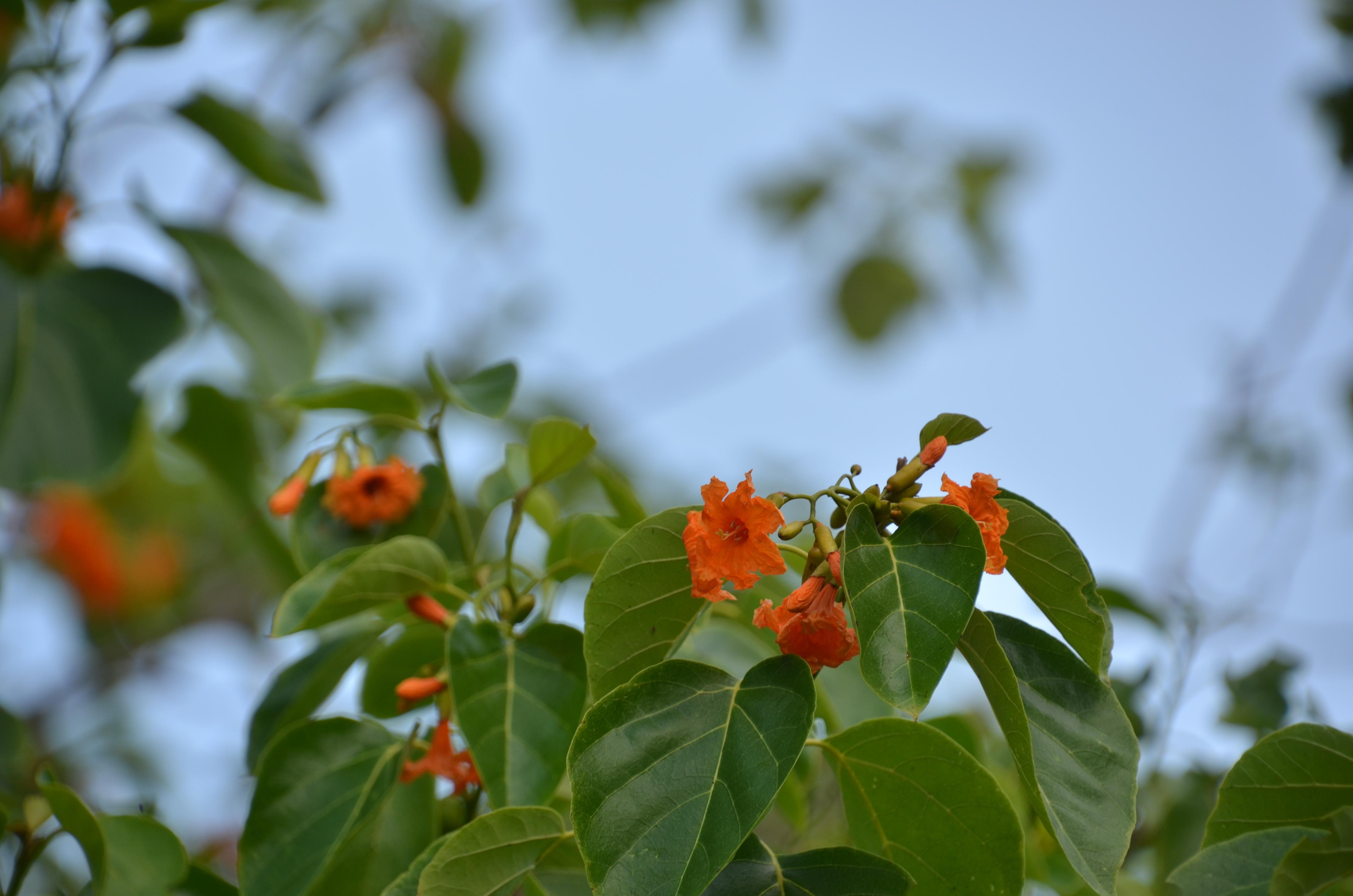
Orange Blossom Rag Wood (Photo by Zhan Qingqing)
Cordia subcordata, a plant of the genus Cordia subcordata in the Comfrey family, also known as fairy branch flowers, is an evergreen small tree with a height of about 3 meters. It is native to Hainan and Xisha Islands in my country, and is also distributed on the east coast of Africa, India, Vietnam and the southern Pacific islands. National secondary key protected wild plants. Flowering and fruit period in June. Orange flower rag has strong adaptability to high temperature, strong light, drought and barrenness, and has strong wind resistance, so it has good application prospects in the greening and windbreak construction of tropical coastal areas. Conservation of the South China National Botanical Garden has this species.
It is worth noting that the South China National Botanical Garden welcomed many tourists two days before the National Day holiday. According to statistics, the number of visitors to the park on the National Day was as high as 13,000, an increase of nearly 50% year over year; the number of visitors to the park on October 2 was as high as 19,047, compared with 11,728 in the same period last year, and the number of tourists increased by 62% year over year.
Next, the series of flower shows held by the South China National Botanical Garden will also hold popular science courses and activities such as the Kirin Science Forum, desert plant theme research, and "experts will take you to appreciate famous gardens" to tell the public about the harmony between the National Botanical Garden and the city and nature. The story of coexistence.
